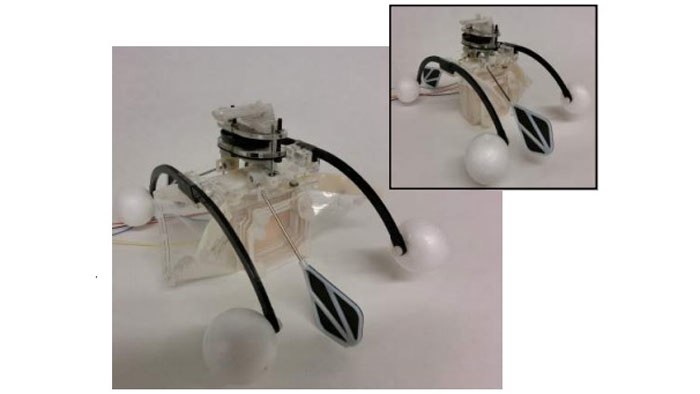A foldable, inexpensive paper battery that can generate a small amount of electricity brings a new sense of power to origami, the Japanese art of paper folding. An engineer at Binghamton University in New York has developed a battery that creates power through the process of microbial respiration in a drop of dirty water on paper.
 In the system, explained in the July issue of the journal Nano Energy, liquid containing bacteria can be used to power a paper-based sensor, which could be especially useful in areas and situations where access to electricity and resources are scarce.
In the system, explained in the July issue of the journal Nano Energy, liquid containing bacteria can be used to power a paper-based sensor, which could be especially useful in areas and situations where access to electricity and resources are scarce.
“Any type of organic material can be the source of bacteria for the bacterial metabolism,” says Seokheun “Sean” Choi, the engineer who developed the battery. “And we don’t need external pumps or syringes because paper can suck up a solution using capillary force.” Read more











